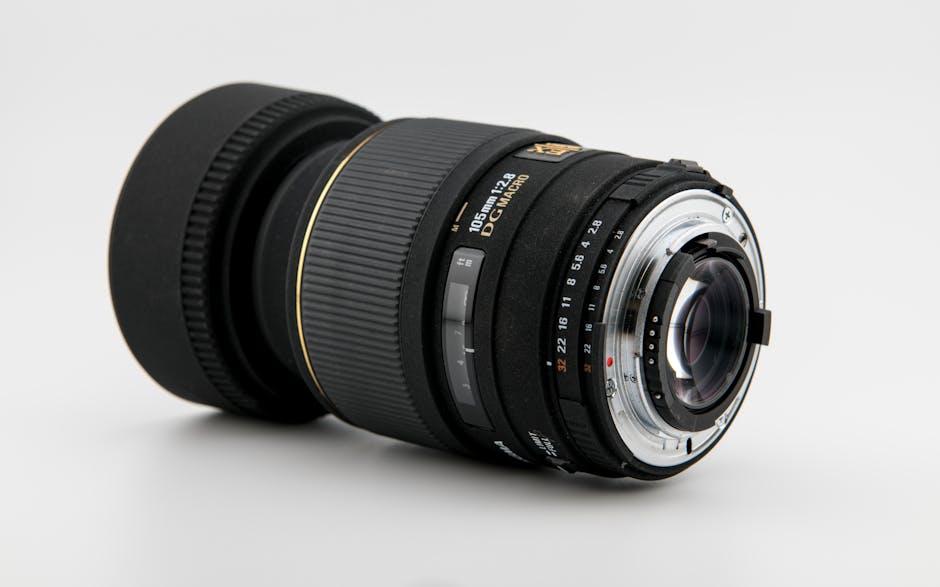Alien Spaceships Could Be Detected Using Gravitational Waves
The search for extraterrestrial intelligence has intrigued scientists and enthusiasts for years. From speculating about alien civilizations to scanning the skies for potential signals, our fascination with life beyond Earth knows no bounds. Now, an exciting new avenue may pave the way for detecting advanced extraterrestrial technology by using gravitational waves – ripples in the fabric of spacetime caused by colossal cosmic events.
Gravitational waves were first predicted by Albert Einstein in his theory of general relativity over a century ago. These waves are produced when massive objects, like neutron stars or black holes, accelerate or collide in space, causing distortions in the spacetime continuum. Remarkably, in 2015, the Laser Interferometer Gravitational-Wave Observatory (LIGO) made history by directly detecting these waves for the first time. Since then, several other gravitational wave events have been observed, confirming the existence of these elusive cosmic phenomena.
But can we use gravitational waves to track down alien spaceships? The answer lies in the possibility that advanced extraterrestrial civilizations may manipulate gravity, allowing them to travel through space in a way that currently lies beyond our understanding. If these aliens are indeed journeying across the universe in highly advanced spacecraft, they would undoubtedly leave behind a gravitational footprint.
Scientists have postulated that such spacecraft equipped with advanced propulsion systems would create disturbances in the fabric of spacetime as they navigate the cosmos. These disturbances, similar to those caused by black hole mergers or supernova explosions, could be detected by sensitive gravitational wave detectors like LIGO and its future iterations.
Detecting alien spacecraft through gravitational waves would present a significant breakthrough in the search for extraterrestrial life. Unlike other methods that rely on the detection of electromagnetic signals, gravitational wave detection would provide an entirely new dimension to our search. It would offer a way to investigate advanced extraterrestrial technology even if aliens wished to remain incognito and intentionally avoided communication.
Nevertheless, there are challenges and limitations that must be carefully considered. Firstly, the technology required to detect these alien gravitational wave signatures would need to be considerably more sensitive than current detectors. Advanced extraterrestrial civilizations might have mastered the ability to manipulate gravity in such a sophisticated manner that their disturbances would be extremely subtle and difficult to discern from other cosmic events.
Moreover, the frequency and intensity of the gravitational waves emitted by these spacecraft would be heavily reliant on the propulsion systems used. It is crucial to understand the various mechanisms these aliens employ for space travel to tailor our detection methods accordingly.
Another challenge lies in analyzing the vast amount of data generated by gravitational wave detectors. Interpreting the signals and distinguishing between natural cosmic occurrences and potential alien spacecraft would require advanced algorithms and artificial intelligence capable of handling complex data patterns.
Despite these challenges, the hunt for alien spaceships using gravitational waves is an intriguing avenue that holds immense potential. The possibility of detecting advanced extraterrestrial civilizations by studying their gravitational signatures opens up exciting opportunities for our understanding of the universe and our place within it.
As we continue to explore the cosmos, it is essential to remain open-minded and embrace innovative approaches in the search for extraterrestrial intelligence. Gravitational wave detection presents a promising frontier, offering a new perspective on the existence of alien life and potentially bringing us closer to answering the age-old question: are we alone in the universe?
Hey Subscribe to our newsletter for more articles like this directly to your email.
